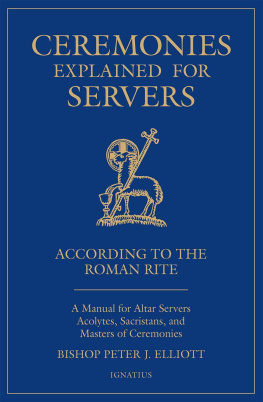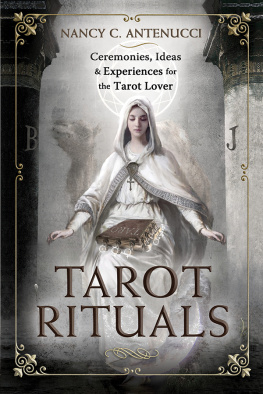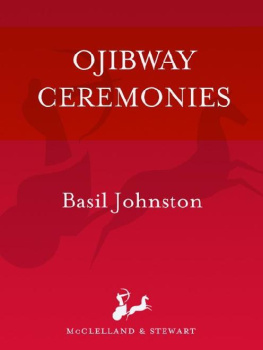

THE JAPANESE ENTHRONEMENT CEREMONIES
Daniel Clarence Holtom (1884-1962), held an AB and a DD from Kalamazoo College, Michigan, an AB and PhD from the University of Chicago, a BD from Newton Theological Institution and a DD from Brown University. Ordained as a Baptist minister in 1910, he was sent as an educational missionary to Japan and served as Professor of Modern Languages at Tokyo Gakuin, Professor of Church History at the Japanese Baptist Theological Seminary, Visiting Professor of Church History at the University of Chicago, Professor of the History of Religion and Church History at Kwanto Gakuin and Professor of Theology at Aoyama Gakuin. He was Haskell Lecturer at the University of Chicago in 1940, then Rauschenbusch Lecturer at Colgate-Rochester, and was Instructor in Japanese Language at the University of Redlands in 1944. He was the first western author to write authoritatively on Shinto, his most important works being The National Faith of Japan: A Study in Modern Shinto and The Japanese Enthronement Ceremonies.
This volume contains the finest and most detailed descriptions of the Japanese enthronement ceremonies and imperial regalia available in the English language. Privately printed in 1928, it has never before been widely available. In an approach that combines history and anthropology, it presents meticulous description of the rituals, costumes, offerings and buildings in which the ceremonies mostly enacted in private are held. It also examines the underlying significance of the Shinto rites in which the people manifest a tenacity of historical continuity coupled with an assimilative power that constitutes their greatest source of strength. Above all, it establishes the enthronement as the most powerful manifestation of Shinto, the all-important foundation of Japanese culture.
THE JAPANESE ENTHRONEMENT CEREMONIES
WITH AN ACCOUNT OF THE IMPERIAL REGALIA
D.C. HOLTOM
THE KEGAN PAUL JAPAN LIBRARY
VOLUME TWO
First published in 1996 by
Kegan Paul International
This edition first published in 2011 by
Routledge
2 Park Square, Milton Park, Abingdon, Oxon, OX14 4RN
Simultaneously published in the USA and Canada
by Routledge
711 Third Avenue, New York, NY 10017
Routledge is an imprint of the Taylor & Francis Group, an informa business
This edition Kegan Paul International, 1996
All rights reserved. No part of this book may be reprinted or reproduced or utilised in any form or by any electronic, mechanical, or other means, now known or hereafter invented, including photocopying and recording, or in any information storage or retrieval system, without permission in writing from the publishers.
British Library Cataloguing in Publication Data
A catalogue record for this book is available from the British Library
ISBN 10: 0-7103-0522-2 (hbk)
ISBN 13: 978-0-7103-0522-0 (hbk)
Publishers Note
The publisher has gone to great lengths to ensure the quality of this reprint but points out that some imperfections in the original copies may be apparent. The publisher has made every effort to contact original copyright holders and would welcome correspondence from those they have been unable to trace.
CONTENTS
ILLUSTRATIONS
ILLUSTRATIONS
INTRODUCTORY NOTE
The Enthronement Ceremonies of the Emperor of Japan present an unusual opportunity for the study of Things Japanese. From the standpoints of art, ritual, government, history, sociology, religion and anthropology they are especially rich in materials that invite investigation. This book does not purport to be an exhaustive treatise on the Enthronement Ceremonies as they appear both in the present and in history. It has been written for the general reader in the hope that it may be found of value as a guide to the outline and the interpretation of the great ceremonies.
The rather free sprinkling of capital letters throughout the text calls, perhaps, for a word of explanation. One of the untranslatable elements of the Japanese language is in its use of honorifics. In places in the following chapters where the relationship seems to justify it, an attempt has been made to preserve something of the Japanese atmosphere by the use of capitals. Not infrequently the original honorific has been translated in this simple manner, rather than by some such clumsy device as august, or honorable.
Japanese treatises on the Enthronement Ceremonies are numerous. I am indebted to a considerable number of Japanese authorities, past and present, for guidance in various ways. Properly, I should give a list of these works. It is omitted here, however, in the thought that an array of Japanese titles would tend to bewilder rather than assist the reader unfamiliar with the Japanese language.
Several friends have been good enough to read portions of the book and to aid in other ways in connection with the preparation of the manuscript. If any such friend should do me the honor of reading this introduction, he will know that I hereby publicly recognize his criticism and encouragement, even though I refrain from printing his name.
D. C. HOLTOM.
Tky, Japan.
August 1, 1928.
CHAPTER I
THE IMPERIAL REGALIA
It is decreed by the Law of the Imperial Household of Japan that the enthronement ceremonies of the Emperor shall be held in the city of Kyto. This involves a temporary transfer of the place of Imperial Residence. The official center of the empire is for the time being shifted from the bustling modern scenes of Tky in the east to the more sedate atmosphere of Kyto in the west, where century old history speaks from every stone and mountain. The progress of the Emperor from Tky to Kytothere to make formal announcement to the Ancestral Spirits and to the Gods of Heaven and Earth and also to the world of the fact of his accession to the throne of his ancestors in a lineal succession unbroken for ages eternal, and there in the sacrament of the Daij Sai to enter into spiritual communion with the great deities of the pastis a spectacle befitting the going forth of the off-spring of the Kami.
Near the head of this procession as it makes its way by horse and by train from the newer capital city to the older goes the Kashiko Dokoro, or the Place of Awe, which is the shrine of the sacred mirror of the succession rites. In its ancient dignity of structure and ornamentation it stands out against its modern setting of triumphal arches, brilliant banners, elaborate carriages and flashing military uniforms like an uncut gem against an intricate background of filigree. It is transported in a box-like palanquin called the Onha-guruma, or the Feather Carriage, borne on the shoulders of a band of stalwart youths selected by time honored custom from the village of Yase near Kyto. These youths are accordingly called the Yase Dji, that is, the Yase Boys. They are clad in ceremonial garb of green, and are preceded and followed by ritualists of high rank, robed in rich silks of blue, red, black, green and purple, and mounted on horses decked with trappings of red and gold. The Onha-guruma rests on two heavy beams of plain white wood and is covered about the sides with brocade. The roof is of red lacquer and is surmounted by a golden ball that suggests the shape of the spherical dome of a stupa. Within is a portable shrine, and carefully concealed within this again, as too sacred for the eye of man to behold, is the mirror. The Onhaguruma precedes the Emperor himself. Meanwhile in the same procession are borne a necklace of odd shaped stone beads and a sword of ancient forging.









